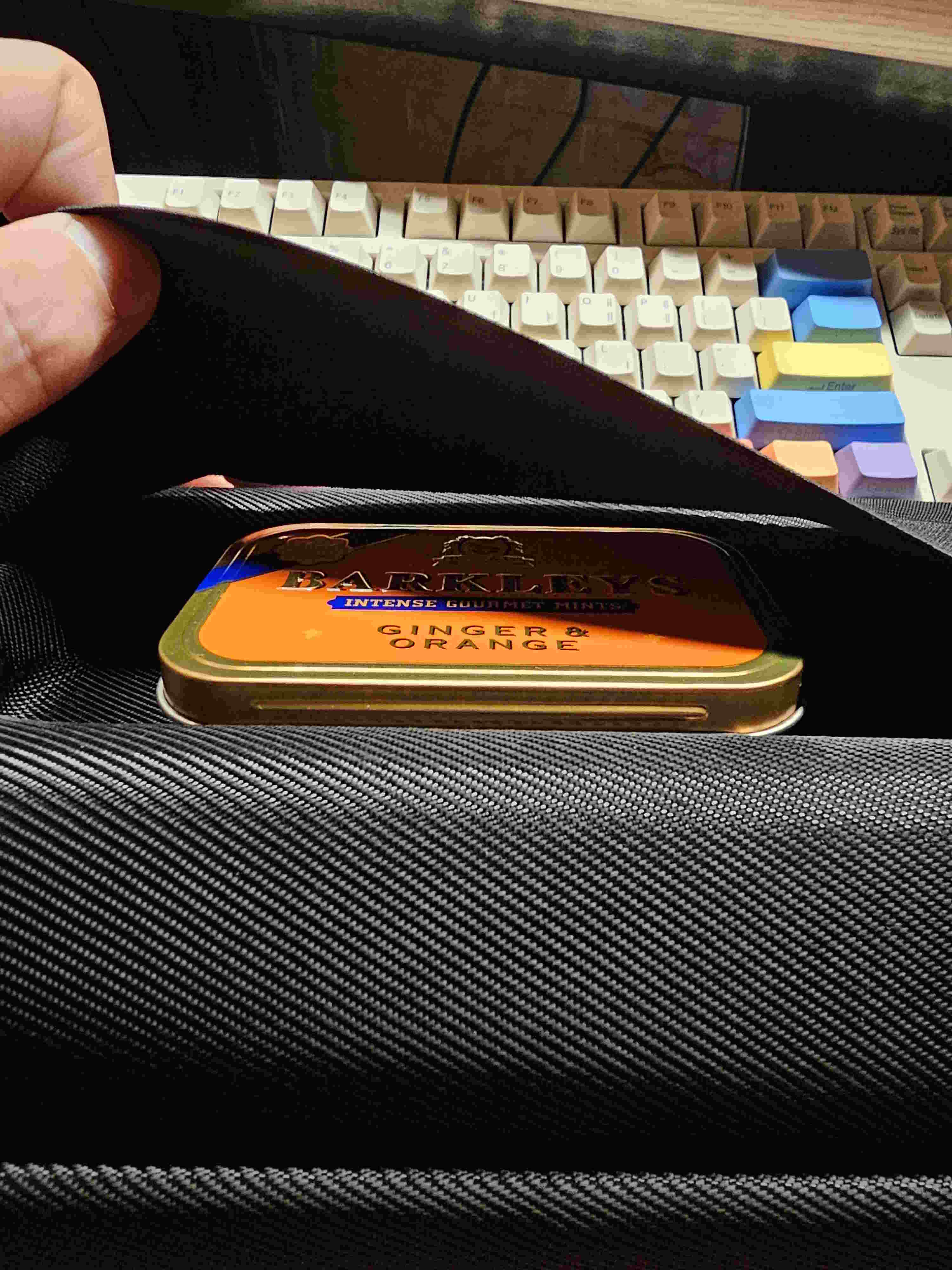I wiffle-waffled over calling this post a "review" for some time since I'm hesitant to put much stock in other people's opinions on subjective matter: like whether or not something sounds good or has an intuitive interface, but in the end, if it quacks likes a Moog ladder filter, it's likely a Moog. Thus "Review".
Recently, I really wanted a Pulsar-23. Given that thing costs a whole lot (and is most likely worth it, it's an inspiring piece of technology/musical instrument) and music has never been more than a hobby for me, I ended up with an LXR-02 instead. I've had it for a few months now and have quite thoroughly put it through its paces. I do not regret my purchase.
It's an entirely digital, drum synthesizer. Six voices that you manipulate with encoders, and volume sliders. I/O is impressive for such a small box: four mono outs that can be assigned to specific voices in various patterns. Five pin MIDI in and out. Clock in/out for Eurorack, and a very, very loud headphone jack.
The voices are divided into three "drum" voices that do a good job on kicks, toms, snares, and cymbals if you really push them. Then there are a snare, clap/cymbal, closed hi-hat, and open hi-hat that add (and remove) some parameters to better imitate their namesakes.
it's in the editing possibilities of the voices that I find most of the value in this box. Oscillators, envelopes, modulation, FM (none on the snare engine), click (transient generator), filter, LFO, and mix controls are present for all voices. I'm honestly hard-pressed to think of a more versatile hardware drum synth on the market. I've heard convincing emulations of just about every famous drum machine that people have whipped up on the Elektronauts forums. That's good news. If you want traditional electronic drum sounds out of it anyway.
Luckily for outre me, it goes super weird too! The per-voice LFOs can be routed to any parameter on any voice. You can have an LFO modulating an LFO, modulating an LFO, modulating hi-hat decay for some mind-altering patterns. Yeessshhh. Melt my brain
The sequencer is no Elektron sequencer, but it's almost there. As of firmware 1.6 (the latest as of this posting) it's got most of the usual suspects of modern drum sequencing: per-step parameter locks, swing, ratchets, up to 64 steps including every step in between and per-voice for polyrhythms, and a few extras like Euclidean sequence generation (that I have actually never used.) What the sequencer does not do is let you change the timing of the steps for triplets. Every beat of the clock is always four sixteenths. Which was a minor disappointment given I like to make things in less popular time signatures. Thankfully, I can just sequence via PC, which is how I typically do things anyway.
Performance options are typical as well, except for a couple of exceptions. You can change the sample rate of a pattern, and the bigger one: the morph function. What this lets you do is seamlessly morph between two separate kits. It's as nuts as it sounds. It's pretty neat to have a kick slowly turn into a bell. I have heard the complaint that the roll function is limited to max 16th notes. Not an issue for my style, but it might be for others.
This is getting way too long, and I haven't even mentioned the effects yet. They're there. They do what they're supposed to do. Some are more useful than others. Unfortunately, you can only use one at a time.
There is a disgusting amount of drive. Each voice's filter has drive, there is drive in the mixer section, and finally, there are a few different flavors of drive in the effects section. For a digital synth, it can really get nasty. In fact, I'd say it excels at the harder side of things. Which isn't to say it can't get subtle, because it certainly can, despite the majority of YouTube demos being 140bpm banging techno.
I might miss the inspiring interface and ridiculous amount of performance options on the Pulsar-23 that I'll probably never be able to afford, but I really think the LXR-02 was a good compromise for me. Realistically, it does more than the Pulsar in terms of sound design. The inspiring sequencing part not so much though. At least I have PC for that end.
To cut this short with some shameless self-promotion here's a track I made that is 50% LXR-02, and 50% Twisted Electrons' MEGAfm.

Wow. I'm a hobbyist musician. I have ~12 million listens across various streaming services and have made a whopping $45 in the two years since I finally released ~25 years worth of material. (Which is a lot of why it's my hobby and not a living.)
I can't imagine the numbers this guy had to pull off to make that much.